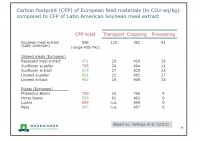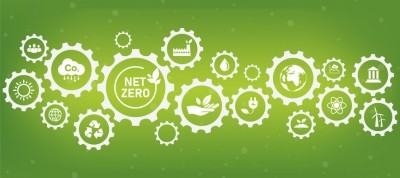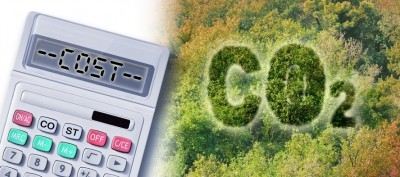Dutch alliance to close nutrient cycles, boost feed resource efficiency

The group consists of a raft of Dutch feed companies such as ABZ Diervoeding, AgruniekRijnvallei Voer, Bonda, Vitelia Voeders and Coppens Diervoeding, as well as rendered raw material supplies, Darling Ingredients, Noblesse Proteins, and Saria International and EU rendering trade representatives, EFPRA.
Also participating in the partnership are former foodstuffs processor, Nijsen/Granico, and innovators like the Feed Design Lab, along with academic partners in the shape of Schothorst Feed Research and Wageningen Livestock Research.
Coordinator, Dr Gert van Duinkerken, head of the animal nutrition department, Wageningen Livestock Research, told us the idea for a consortium focused on improving resource use efficiency and closing nutrient cycles, first took root in early 2018.
While the Dutch feed sector is already quite ahead of the game in respect of the use of co-products in formulations, he said the stakeholders wanted to see if they could up their game, increase the use of non-human edible feed ingredients even further.
Societal pressure in relation to the negative impacts of livestock production is increasing but the partners believe greater use of dietary inputs that don’t compete with the human food supply could change, somewhat, the Dutch consumer mindset about farming.
Nutritional, technical challenges
The factors, however, limiting the use of novel feed resources in formulations most often relate to the nutritional aspects such as variability in nutrient level and quality, the presence of naturally occurring anti-nutritional and/or toxic factors, or the presence of pathogenic microorganisms, said van Duinkerken.
Technically, also, there can be downsides including seasonal and unreliable supply, challenges linked to the bulkiness, wetness and/or a powdery texture of the raw materials, and often the need for amendments to feed processing technology, he noted.
PAPs, legumes, rapeseed
One of the first steps to be taken in this four-year research initiative will be the assessment of the nutritional value of poultry derived processed animal proteins (PAPs) for use in pig diets, he said.
There has been a ban on the use of PAPs in animal diets in the EU since 2000, though the ban was lifted on the use of such proteins in fish feed in 2013. The EU Commission is now working on a proposal that would allow the reintroduction of poultry PAP in pig diets and pig PAP in poultry diets, in the context of the EU’s ambitions to increase its rate of protein self-sufficiency and become less dependent on soy imports from South America.
But, in the 19 years since the ban, PAP processing methods have become harsher to guarantee the safety of animal by-products, and, as a result, the nutrient digestibility of PAPs for use in pig and poultry diets today may be affected.
The stakeholders are also going to evaluate grass protein use in poultry rations, along with exploration of novel techniques to separate protein concentrates from legume seeds; they will try to extract glucosinolates from a range of rapeseed meals as well, he said.
Avoiding duplication
While there have been a number of EU-wide projects with a similar focus on how to optimize the use of novel feed inputs, van Duinkerken said the idea is to build on but not to duplicate work done elsewhere. The consortium, through the involvement of stakeholders like EFPRA and the German group, Saria, as well as the academic partners, has a large network of international experts to draw on, enabling it to leverage the existing knowledge on the use of novel protein ingredients in feed in other markets, he added.
All the stakeholders are very much hands-on in this initiative, he said. The feed manufacturers bring specialized formulation expertise, technology, and lab facilities to the table; regular stakeholder meetings assign tasks to all the parties involved, based on their capabilities and know-how.
It is about pooling knowledge and tools, enabling pre-competitive research: “The outcome should benefit the entire feed manufacturing value chain in the Netherlands,” he added.
Regional versus global sourcing
When weighing up the pros and cons of regional versus global market sourcing of raw materials in terms of sustainability, van Duinkerken acknowledges, however, that local is not always best in relation to certain criteria.

In a presentation at EAAP 2018, he outlined some of the disadvantages of regional raw material procurement, as it related to dairy production, such as a higher CO2 footprint per kilogram of feed, and increased formulation costs, especially for feeds with high protein content.
“Local sourcing does not necessarily improve key performance indicators for sustainability, such as the carbon footprint.”
However, in that same talk, he highlighted ways the import of non-EU feed materials could be reduced for dairy production from measures such as a reduction of yield gaps in grass, forage and fodder crop production, increased feed and nutrient use efficiency in animals, but also, as per this current consortium’s focus, through the better use of co-products and residuals and technical innovation in relation to novel European feed materials.















